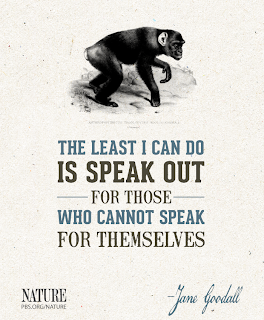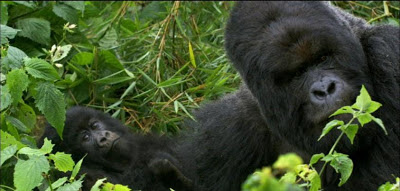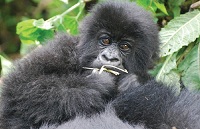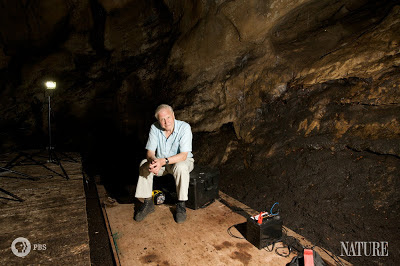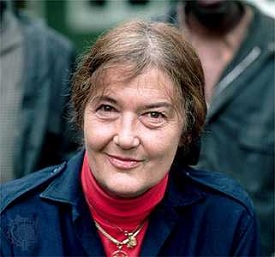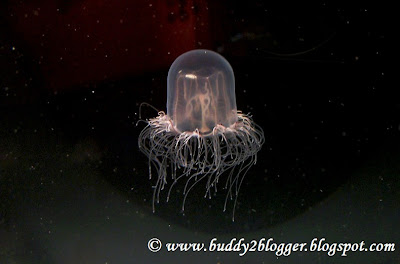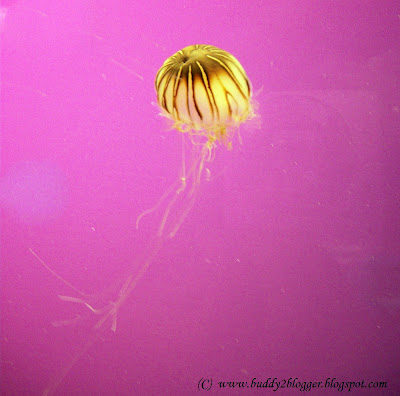 |
| Sir David Attenborough with a Meerkat |
In this episode, David Attenborough takes a closer
look at how science helps us to understand the world better.
We first meet the Austrian scientist, Konrad Lorenz.
Konrad was a pioneer in the field of imprinting. He studied geese and published
the book “King Solomon’s Ring” in 1952.
David gets to experience firsthand the effect of
imprinting in geese. The close up shots of geese flying right next to David are simply stunning. They are in my humble opinion, the best shots in this episode.
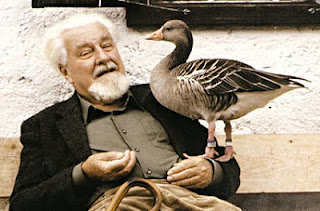 |
| Konrad Lorenz |
The concept of imprinting also works on animals including human beings.
We also learn that animals have a well-developed set of communication signs. For example, among vervet monkeys the signal used to alert the approach of a python is different from that used for a bird of prey.
Birds have different types of courtship rituals.
In some species, males make astounding physical displays to impress females. In
another species, male birds collect beautiful leaves, stones and fruits.
 |
| Jane Goodall, renowned primatologist |
We then meet West African
chimpanzees that are renowned for their nut cracking abilities. Human beings
share 98% of their DNA with Chimps. Chimpanzees are omnivores and use complex
hunting technique to catch their prey.
Another interesting aspect is that Chimpanzees
communities each have their own cultures, much similar to human communities.
This is another gem from the veteran naturalist. Recommended to fans of natural history.
If you enjoyed this post,
please subscribe to this
blog by clicking here.




